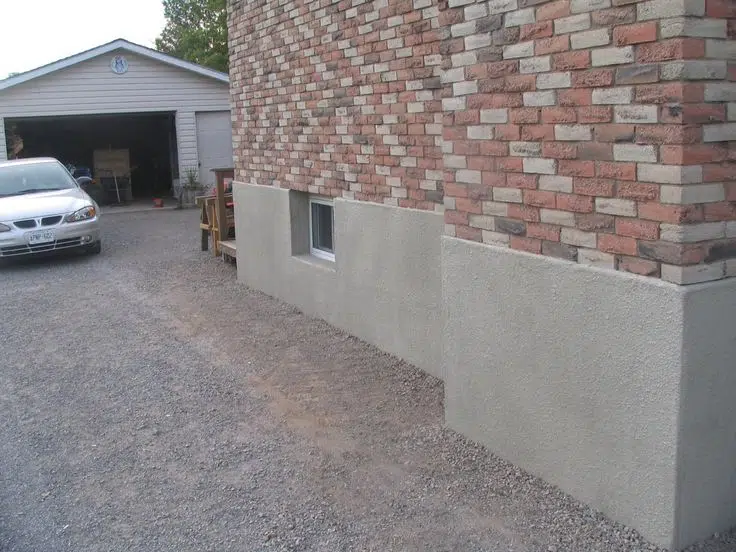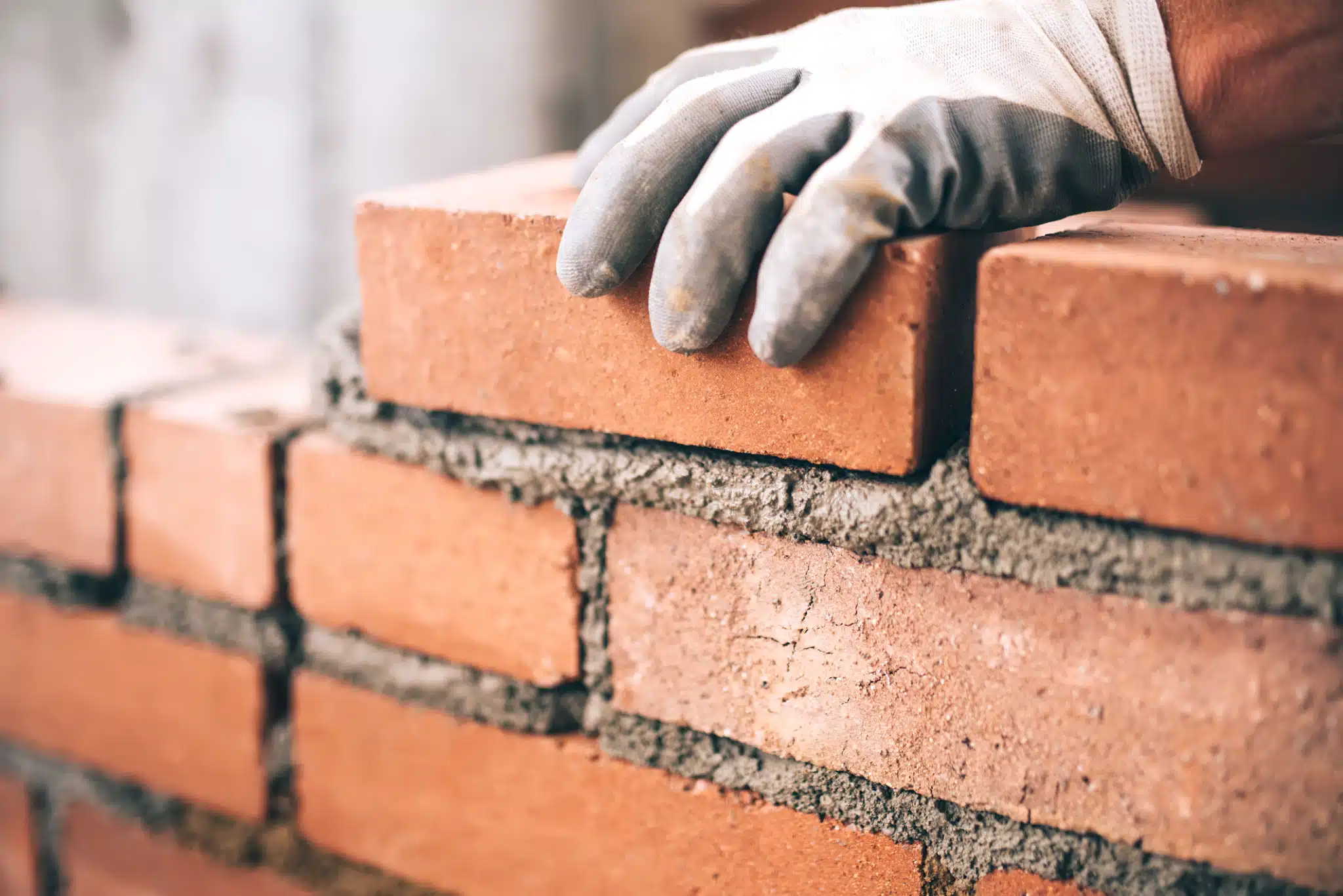Restoring a historic brick home is a labor of love that requires patience, expertise, and a deep appreciation for architectural heritage. Whether you’re a homeowner embarking on a restoration journey or a professional seeking to refine your skills, understanding the best practices and common pitfalls in brick restoration is crucial. In this comprehensive guide, we’ll explore the essential do’s and don’ts of historic brick home restoration, ensuring that your efforts preserve the integrity and beauty of these timeless structures.
The Importance of Using Appropriate Materials
One of the most critical aspects of historic brick restoration is using materials that are compatible with the original construction. Modern materials often differ significantly from those used in historic buildings, and using them can lead to damage and deterioration.
Do:
- Research the original materials used in your historic home
- Use lime-based mortars for repointing, as they allow for natural expansion and contraction
- Source bricks that match the original in size, color, and composition when replacements are necessary
- Consult with preservation specialists to identify appropriate materials for your specific project
Don’t:
- Use modern Portland cement-based mortars, which are too hard and can damage historic bricks
- Apply sealants or waterproofing products that can trap moisture within the bricks
- Paint over historic bricks, as this can lead to moisture issues and hide underlying problems
By using appropriate materials, you ensure that your restoration work complements the existing structure and preserves its historical integrity for future generations.
Avoiding Modern Shortcuts That Compromise Integrity
In our fast-paced world, it’s tempting to seek quick fixes and modern solutions. However, when it comes to historic brick restoration, these shortcuts can often do more harm than good.
Do:
- Take the time to understand traditional masonry techniques
- Hand-mix small batches of mortar to ensure proper consistency
- Repoint bricks using traditional tools and methods
- Allow adequate time for mortar to cure between restoration stages
Don’t:
- Use power tools excessively, as they can damage historic bricks and mortar
- Rely on pre-mixed mortars that may not match the original composition
- Rush the restoration process to meet arbitrary deadlines
- Attempt to modernize the appearance of historic brickwork
Remember, the goal of restoration is to preserve the home’s historic character, not to make it look brand new. Embracing traditional methods often yields the best results, even if they require more time and effort.
Proper Cleaning Techniques for Historic Brick
Cleaning historic brickwork is a delicate process that requires a gentle touch. Overly aggressive cleaning methods can cause irreparable damage to the bricks’ surface and compromise their structural integrity.
Do:
- Start with the gentlest cleaning method possible, such as low-pressure water and soft-bristled brushes
- Test cleaning methods on a small, inconspicuous area before applying to the entire surface
- Use pH-neutral cleaners specifically designed for historic masonry
- Allow the brickwork to dry completely between cleaning sessions
Don’t:
- Use high-pressure water cleaning, which can erode mortar and damage brick surfaces
- Apply acidic cleaners without proper dilution and expert guidance
- Attempt to remove all signs of age and weathering, as patina is part of the historic character
- Sandblast or use other abrasive cleaning methods on historic bricks
Proper cleaning not only enhances the appearance of your historic brick home but also helps identify areas that may need repair or restoration.
Working with Preservation Experts and Local Guidelines
Historic brick restoration is a specialized field, and working with experts can make a significant difference in the quality and authenticity of your restoration project.
Do:
- Consult with local preservation societies or historical commissions
- Hire contractors with specific experience in historic brick restoration
- Familiarize yourself with local historic preservation guidelines and regulations
- Seek advice from architectural historians to understand your home’s unique features
Don’t:
- Assume that general contractors have the necessary expertise for historic restoration
- Ignore local preservation ordinances, which may require specific approvals or methods
- Make significant changes to the exterior without proper consultation and permits
- Overlook the potential for tax credits or grants for historic preservation projects
By collaborating with experts and adhering to local guidelines, you ensure that your restoration project not only meets legal requirements but also contributes to the broader preservation of your community’s architectural heritage.
Documenting the Restoration Process
Thorough documentation of your historic brick restoration project is invaluable, both for your own reference and for future owners or preservationists.
Do:
- Take detailed before, during, and after photographs of all restoration work
- Keep a written log of all restoration activities, including dates, methods, and materials used
- Create detailed drawings or diagrams of any structural changes or repairs
- Preserve samples of original materials removed during restoration
Don’t:
- Rely solely on memory to recall restoration details
- Discard original materials without proper documentation
- Neglect to record the sources of replacement materials
- Forget to document any unexpected discoveries made during the restoration process
Comprehensive documentation not only aids in future maintenance and restoration efforts but also adds to the historical record of your home and community.
Conclusion
Restoring a historic brick home is a rewarding endeavor that requires careful planning, expert knowledge, and a commitment to preserving architectural heritage. By following these do’s and don’ts, you can ensure that your restoration efforts honor the craftsmanship of the past while preparing your home for the future.
Remember that each historic home is unique, with its own set of challenges and characteristics. Always approach your restoration project with patience, respect for the original structure, and a willingness to learn and adapt. With the right approach, your restored historic brick home will stand as a testament to the enduring beauty of traditional architecture for generations to come.
If you’re considering a historic brick restoration project, we encourage you to reach out to local preservation experts and join preservation societies in your area. These resources can provide invaluable guidance and support throughout your restoration journey. By working together, we can ensure that our architectural heritage continues to enrich our communities and tell the stories of our shared history.
\n\n\nWhat is your return policy?
You can return any item within 30 days of receipt for a full refund, as long as it is in its original condition.
How long does shipping take?
Shipping typically takes 5-7 business days, depending on your location.
Do you offer international shipping?
Yes, we offer international shipping to select countries.
How can I track my order?
Once your order is shipped, you will receive an email with a tracking number and link to track your package.
What payment methods do you accept?
We accept all major credit cards, PayPal, and Apple Pay.



